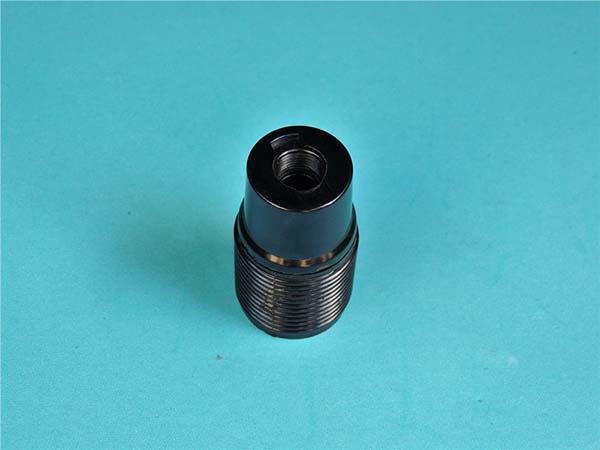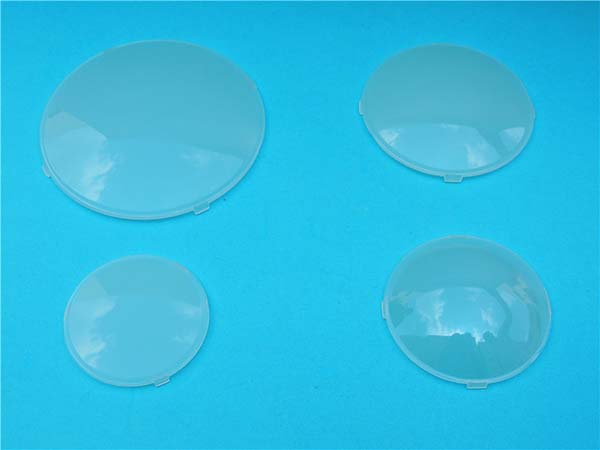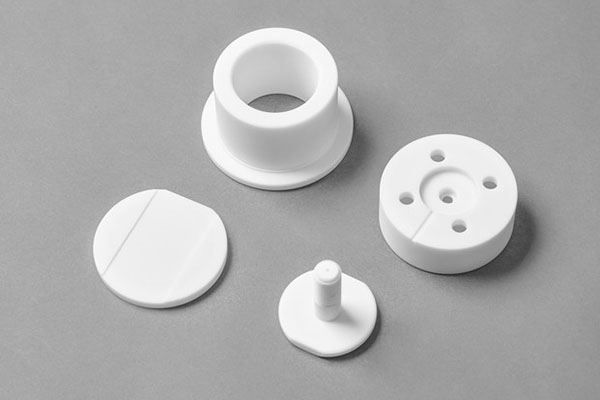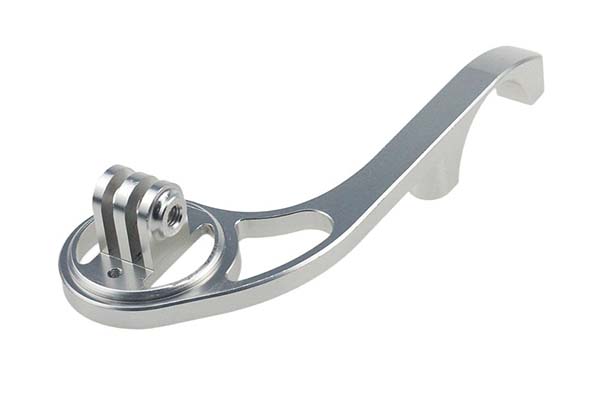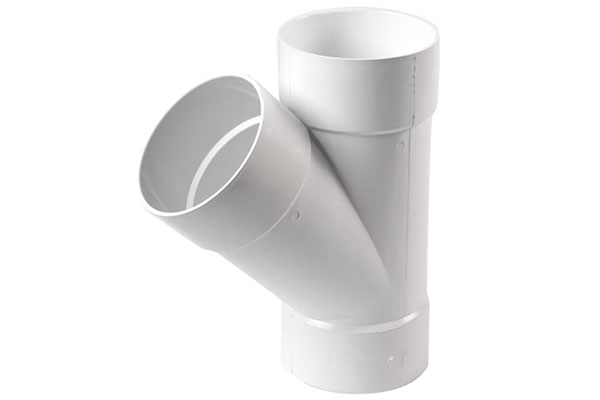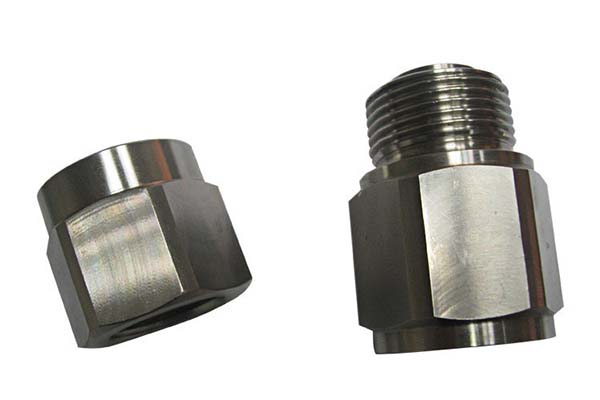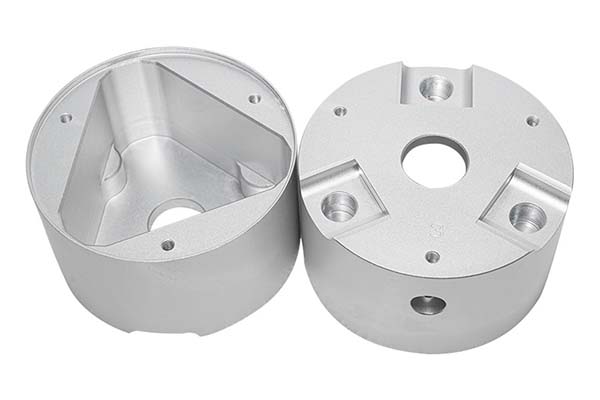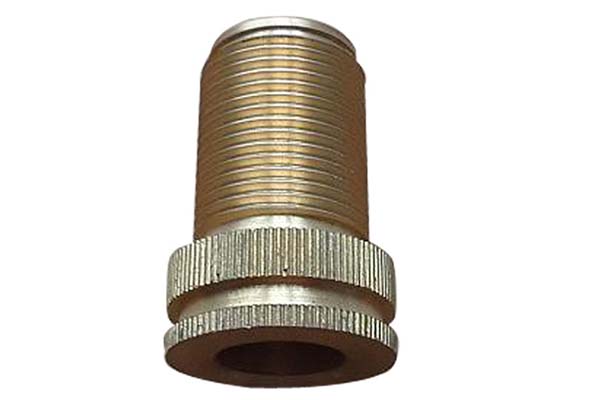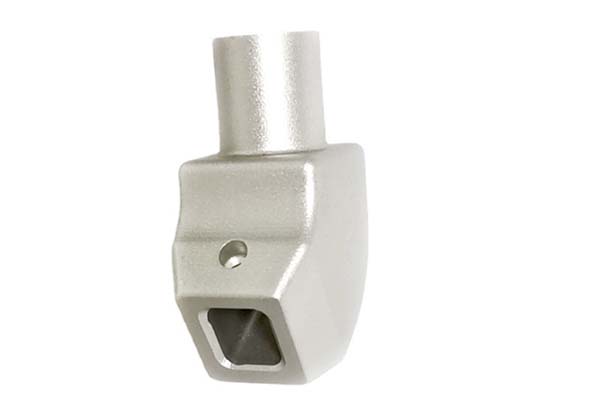CNC machining of HDPE (High-Density Polyethylene) comes with unique challenges that manufacturers often face. Its low material hardness and tendency to deflect under cutting forces make achieving tight tolerance levels difficult. Additionally, HDPE’s thermal properties—it softens at around 120°C—mean heat buildup during machining can cause surface defects or dimensional inaccuracies. While it has good machinability, improper tool selection leads to rapid tool wear and increased costs. Balancing material cost with machining efficiency is another hurdle, as slow feed rates to prevent deformation can extend machining time. This guide addresses these pain points, offering expert strategies to master CNC machining of HDPE.
Material Properties and Considerations
HDPE (High-Density Polyethylene) is a thermoplastic with properties that make it both versatile and challenging to machine:
- Material hardness: HDPE has a Shore D hardness of 60-70, which is relatively low, contributing to its flexibility but also making it prone to workpiece deflection during machining.
- Thermal properties: It has a melting point of 120-130°C and poor thermal conductivity, meaning heat generated during cutting tends to accumulate at the tool-workpiece interface—this can cause softening and surface melting if not managed.
- Chemical resistance: HDPE is highly resistant to acids, alkalis, alcohols, and most solvents, making it ideal for food processing equipment and chemical handling components.
- Density: At 0.941-0.965 g/cm³, HDPE is lightweight, reducing transportation costs and making it suitable for weight-sensitive applications like automotive parts.
- Machinability: HDPE is generally easy to machine due to its low hardness, though it can produce stringy chips that clog tools. It also exhibits work hardening—repeated cutting in the same area increases surface hardness, requiring tool adjustments.
| Property | HDPE | PVC | PP |
| Shore D Hardness | 60-70 | 70-90 (rigid) | 50-60 |
| Melting Point | 120-130°C | 100-260°C | 160-170°C |
| Chemical Resistance | Excellent | Very Good | Very Good |
| Density | 0.941-0.965 g/cm³ | 1.3-1.45 g/cm³ | 0.90-0.92 g/cm³ |
CNC Machining Processes
CNC machining processes for HDPE require parameter optimization to balance precision and efficiency:
- Milling: The most common process for HDPE, using 2-flute end mills to improve chip evacuation. A cutting speed of 100-150 m/min and feed rate of 0.1-0.2 mm/tooth works well, with a depth of cut of 1-3 mm for roughing and 0.1-0.5 mm for finishing.
- Turning: Suitable for cylindrical parts like rollers or bushings, with feed rate of 0.1-0.3 mm/rev and spindle speed of 1000-2000 RPM to prevent heat buildup.
- Drilling: Requires sharp HSS or carbide drills with a 118° point angle. Peck drilling (intermittent retraction) clears stringy chips, reducing the risk of tool clogging.
- Precision machining: Achieving tolerances of ±0.02-0.05 mm is possible with rigid setups and multi-axis machining, which minimizes workpiece handling and improves accuracy for complex parts.
- Depth of cut considerations: Deeper cuts (3-5 mm) are possible with HDPE due to its low hardness, but they require slower feed rates to avoid deflection.
Tool Selection and Maintenance
Choosing and maintaining the right tools is critical for efficient HDPE machining:
- Cutting tools: High-speed steel tools work well for low-volume HDPE machining, offering good performance at a lower cost. For high-volume production, carbide tools (grade K10) provide longer tool life—up to 3 times that of HSS.
- Tool coatings: TiN (titanium nitride) coatings reduce friction and heat, extending tool life by 20-30% compared to uncoated tools. Diamond-like carbon (DLC) coatings are ideal for achieving high surface finish in critical applications.
- Tool wear management: HDPE’s stringy chips can cause abrasive wear on tool flutes. Regular inspection (every 100-200 parts) helps identify wear early, preventing surface defects.
- Tool sharpening: HSS tools should be sharpened when cutting edges show signs of dullness—maintaining a sharp edge reduces cutting forces and heat, critical for HDPE’s low melting point.
- Tool selection criteria: Prioritize tools with polished flutes to reduce chip adhesion, and 2-flute designs for better chip evacuation. A helix angle of 20-30° minimizes tool deflection in HDPE.
Applications of HDPE in CNC Machining
CNC machined HDPE parts are valued across industries for their durability, chemical resistance, and cost-effectiveness:
- Prototyping: HDPE’s low material cost and easy machinability make it ideal for functional prototypes, allowing designers to test form and fit before mass production.
- Industrial parts: Gears, guides, and conveyor components leverage HDPE’s low friction and impact resistance, reducing wear in machinery.
- Medical components: Non-implantable parts like surgical instrument trays and drug delivery system housings use HDPE’s biocompatibility and ease of sterilization.
- Food processing equipment: Conveyor belts, chutes, and storage bins benefit from HDPE’s FDA approval and resistance to food acids and cleaning agents.
- Automotive parts: Fuel system components, interior trim, and cable insulation use HDPE’s lightweight and chemical resistance to fuels.
- Consumer products: Cutting boards, toys, and storage containers leverage HDPE’s durability and safety for household use.
- Customized components: From specialized gaskets to unique fixtures, HDPE’s machinability allows for complex customized components that meet unique design needs.
Quality Control and Finishing
Maintaining quality in CNC machined HDPE parts ensures performance and reliability:
- Surface finish: HDPE typically achieves Ra 1.0-2.0 μm with standard machining. A rough finish may indicate dull tools or excessive heat—correctable by sharpening tools or reducing cutting speed.
- Dimensional accuracy: Using CMMs (Coordinate Measuring Machines) and optical comparators verifies tolerance levels (usually ±0.03-0.05 mm for HDPE), with temperature-controlled inspection environments to account for HDPE’s thermal expansion (150-200 μm/m·K).
- Inspection methods: Visual checks for surface defects (like melt marks or chips) and tactile inspections for burrs are essential, especially for parts like food processing equipment where smooth surfaces prevent bacterial buildup.
- Quality standards: Compliance with ISO 9001 and FDA regulations (for food/medical parts) ensures consistency, with documentation of post-machining treatments like polishing or deburring.
- Post-machining treatments: Deburring with abrasive pads removes sharp edges, while polishing with 400-600 grit sandpaper enhances surface smoothness—critical for parts that come into contact with skin or sensitive materials.
Cost and Efficiency Optimization
Maximizing efficiency and reducing costs in HDPE machining involves strategic planning:
- Material cost: HDPE is relatively inexpensive ($1-3 per kg), but minimizing waste by nesting parts in sheet stock reduces material usage by 10-15%.
- Machining time: Optimizing feed rate and cutting speed (within safe limits) reduces cycle time—for example, increasing feed rate from 0.1 to 0.15 mm/tooth can cut machining time by 30% without compromising quality.
- Tool cost: Using HSS tools for low-volume runs and carbide for high-volume production balances performance and expense. Re-sharpening HSS tools 3-5 times extends their usable life, reducing replacement costs.
- Labor cost: Automating loading/unloading with robotic systems reduces labor requirements, especially for high-volume runs. Multi-axis machining also cuts labor by completing parts in fewer setups.
- Efficiency improvement: Implementing precision machining reduces post-processing needs, while scheduling similar parts together minimizes tool change time—saving up to 20% in overall production time.
Yigu Technology's Perspective
Yigu Technology specializes in CNC machining HDPE, leveraging its properties to deliver cost-effective, high-quality parts. We optimize cutting speed and feed rate to balance efficiency and quality, using carbide tools for high-volume runs to reduce tool cost over time. Our quality control includes dimensional checks and surface inspections to ensure dimensional accuracy and smooth finishes, critical for applications like food processing equipment. We also focus on cost and efficiency optimization by nesting parts and automating setups, passing savings to our clients. Whether producing prototypes or industrial components, we tailor our processes to maximize HDPE’s strengths, delivering reliable parts that meet strict standards.
FAQ
- Why does HDPE produce stringy chips, and how to manage them?
HDPE’s low melt strength causes stringy chips. Managing them requires 2-flute tools with polished flutes, peck drilling, and compressed air directed at the cutting zone to break chips and clear them from the workpiece.
- Can HDPE be machined to the same tolerances as rigid plastics like PVC?
HDPE’s flexibility makes tight tolerances harder to achieve than with rigid plastics. While PVC can reach ±0.02 mm, HDPE typically achieves ±0.03-0.05 mm. Using rigid fixtures and low feed rate helps maximize precision.
- What post-machining treatments are essential for HDPE parts?
Deburring is critical to remove sharp edges, especially for consumer or medical parts. Polishing improves surface smoothness for applications like food processing, while annealing (80°C for 1 hour) relieves internal stresses in large parts, enhancing dimensional stability.
